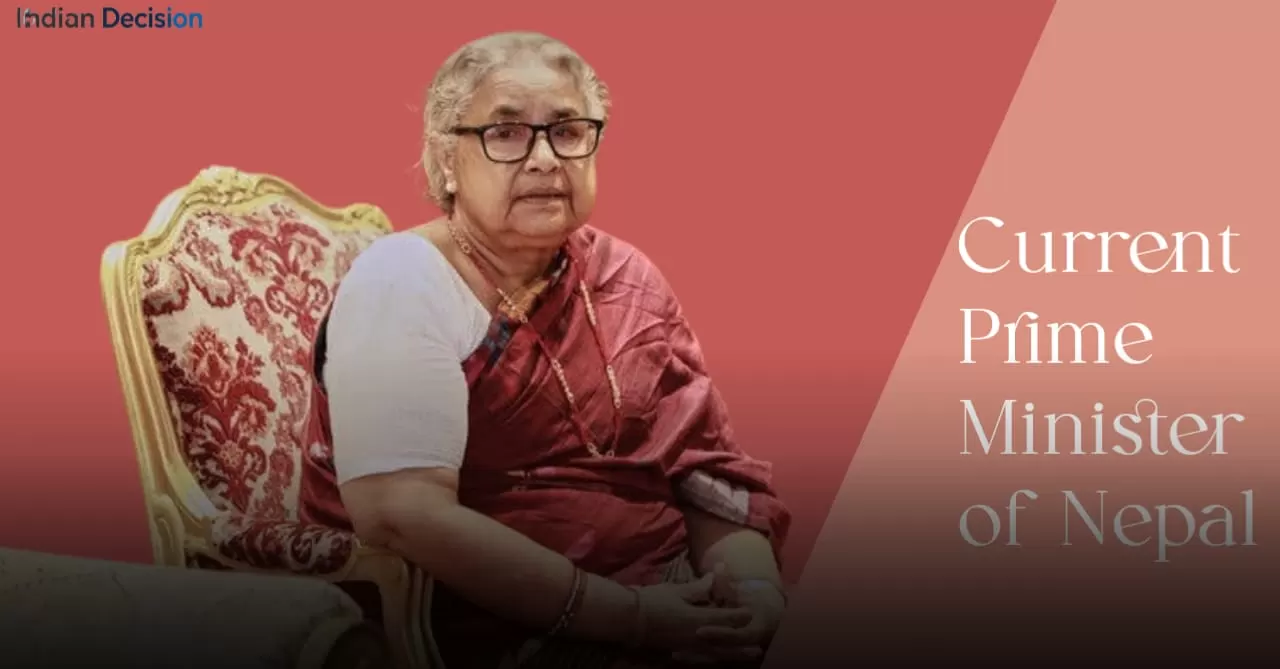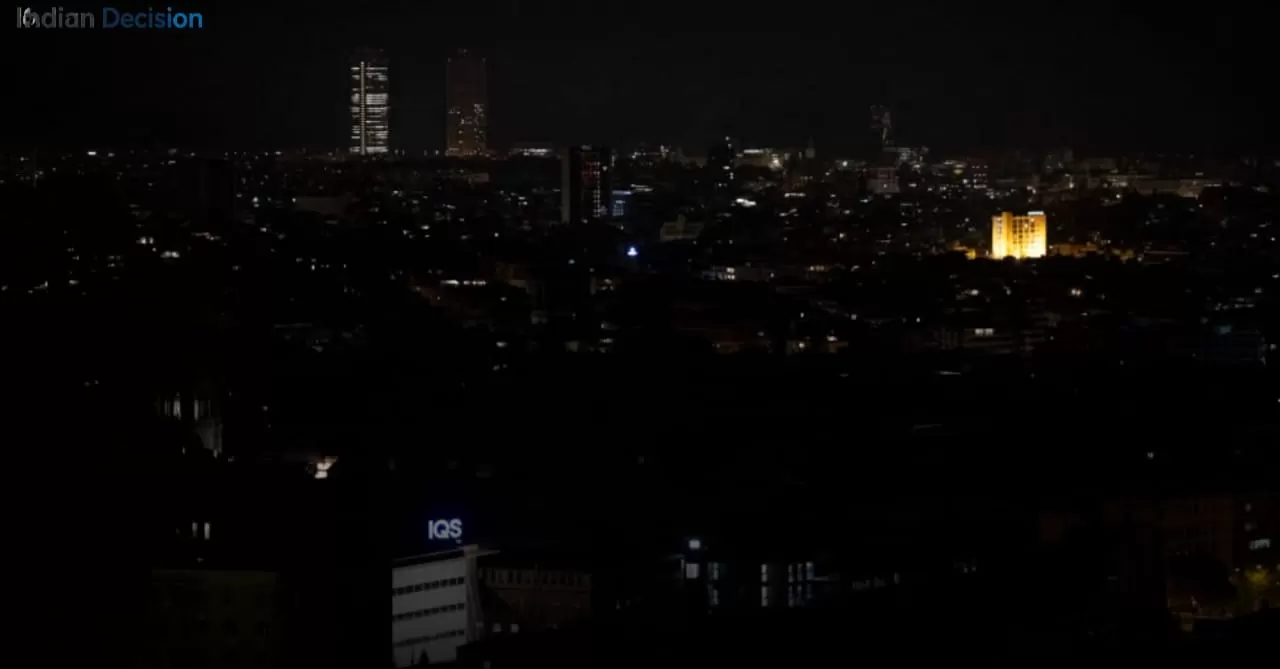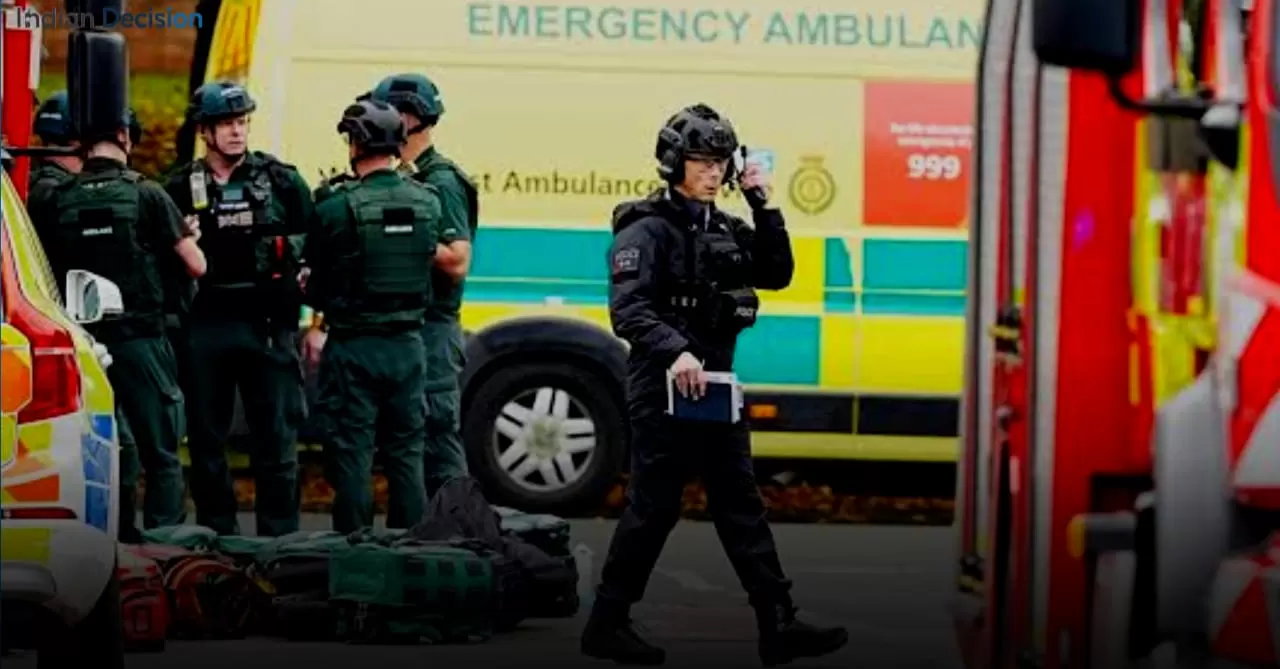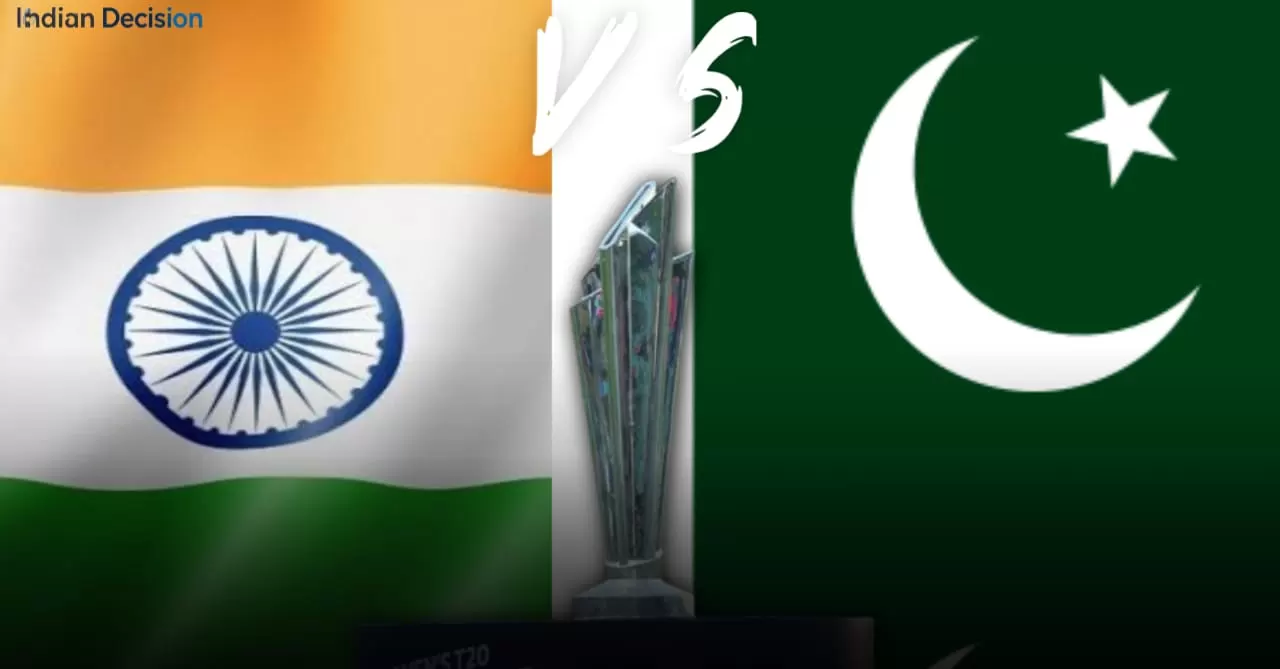As of 12 September 2025, Nepal's government is led by Interim Prime Minister Sushila Karki, marking a significant turning point in the nation's political history. Her appointment follows unprecedented civil unrest and represents a crucial transitional phase toward restoring democratic processes. This comprehensive analysis examines the circumstances surrounding her appointment, her professional background, the powers of her office, and the challenges facing Nepal's political system.
Historical Context: The Path to Political Transition
The political crisis that led to Sushila Karki's appointment represents one of Nepal's most significant governmental transitions since the establishment of its federal democratic republic. The period preceding her appointment was characterized by escalating public dissatisfaction with governance structures, economic challenges, and perceived democratic deficits. Understanding this context is essential for appreciating the significance of her interim leadership.
In our assessment of Nepal's political evolution, we've observed that the country has experienced numerous governmental changes since adopting its constitution in 2015. However, the transition to Karki's leadership differs fundamentally from previous changes in administration. Unlike typical parliamentary maneuvers or coalition realignments, this transition resulted from widespread public mobilization demanding systemic reform.
Sushila Karki: Professional Background and Qualifications
Sushila Karki brings to the prime minister's office a distinguished career spanning decades in Nepal's judicial system. Her appointment as Nepal's first female prime minister represents not only a gender milestone but also signals a shift toward technocratic leadership during periods of political uncertainty.
Judicial Career and Anti-Corruption Legacy
Karki's judicial career demonstrates consistent commitment to constitutional principles and judicial independence. As the first woman to serve as Chief Justice of Nepal's Supreme Court (2016-2017), she established a reputation for integrity and legal acumen. During her tenure on the bench, she presided over several landmark cases that strengthened governance accountability and expanded constitutional protections.
Based on our review of her judicial record, Karki's rulings often emphasized transparency in public administration and the importance of independent institutions. Her judicial philosophy appears grounded in textual interpretation of constitutional provisions while acknowledging their practical implementation challenges in Nepal's unique socio-political context.
Educational Background and Professional Development
Karki's educational journey began in Biratnagar, where she completed her early education before pursuing legal studies at Tribhuvan University. She subsequently earned a master's degree from Banaras Hindu University, providing her with comparative perspectives on legal systems that would later inform her judicial approach.
Her professional development included various judicial appointments that exposed her to Nepal's legal system at multiple levels. This progressive accumulation of judicial experience has provided her with comprehensive understanding of Nepal's governance challenges and legal framework.
Crisis and Transition: The Events Leading to Karki's Appointment
The sequence of events that culminated in Karki's appointment as interim prime minister reflects deepening public frustration with governance approaches. The triggering incident involved government restrictions on digital communication platforms, but underlying causes included broader concerns about economic opportunity, institutional accountability, and political representation.
Escalating Public Protest and Government Response
Beginning in late August 2025, Nepal experienced waves of public demonstrations initially organized by youth groups but eventually encompassing broader segments of society. The protests gained momentum following government attempts to limit social media access, which demonstrators viewed as undermining fundamental democratic rights.
According to documentation from human rights organizations, the protest period resulted in significant casualties, with at least fifty-one fatalities and approximately 1,300 injuries reported. The scale of public participation and intensity of demonstrations represented one of Nepal's most significant protest movements in recent decades.
Political Resignation and Constitutional Process
Former Prime Minister K.P. Sharma Oli submitted his resignation on 9 September 2025, acknowledging the erosion of political legitimacy and the imperative of preventing further violence. The resignation created a constitutional vacuum that required resolution through Nepal's framework for governmental transition.
President Ram Chandra Paudel, exercising constitutional authority following consultation with political stakeholders, security authorities, and civil society representatives, appointed Karki as interim prime minister on 12 September 2025. This appointment utilized constitutional provisions for establishing caretaker governments during periods of political transition.
Constitutional Framework: Powers of Nepal's Prime Minister
Understanding the scope and limitations of the prime minister's authority is essential for contextualizing Karki's current role. Nepal's constitution establishes a parliamentary system where executive power is exercised by the prime minister and council of ministers, subject to legislative oversight.
Standard Executive Authority
Under normal circumstances, Nepal's prime minister exercises comprehensive executive powers including:
- Heading the council of ministers and determining governmental policy
- Supervising implementation of laws and administration
- Recommending appointments to constitutional bodies
- Representing Nepal in international forums
- Maintaining communication between the president and council of ministers
The prime minister remains accountable to the Pratinidhi Sabha (House of Representatives) and must maintain the confidence of the legislative majority. This accountability mechanism represents a fundamental feature of Nepal's parliamentary democracy.
Interim Government Limitations
Karki's authority as interim prime minister operates within specific constitutional constraints. Her mandate focuses primarily on:
- Ensuring basic governance continuity and public service delivery
- Maintaining law and order during the transitional period
- Facilitating preparation for general elections scheduled for March 2026
- Addressing immediate humanitarian concerns resulting from recent unrest
This limited mandate reflects constitutional principles regarding caretaker governments, which traditionally avoid major policy decisions that would bind subsequent administrations.
Institutional Dynamics: Security Forces and Governance
The role of Nepal's security institutions during the political transition demonstrates the complex relationship between civilian authority and security establishments in transitional democracies.
Nepal Army's Constitutional Role
During the period of political instability, the Nepal Army operated under its constitutional mandate to protect national sovereignty and territorial integrity. Their deployment focused on protecting critical infrastructure, facilitating emergency services, and preventing further violence between demonstrators and security forces.
In our analysis of civil-military relations during this period, the army leadership consistently emphasized its subordination to constitutional civilian authority while fulfilling its responsibility to protect public safety. This approach reflects the professionalization of Nepal's military since the comprehensive peace agreement that ended the civil conflict.
Damage Assessment and Reconstruction
The protest period resulted in significant damage to public infrastructure, including portions of the parliamentary complex and government buildings. Initial assessments indicate reconstruction requirements that will present budgetary challenges for the transitional administration and subsequent government.
The interim government has established mechanisms for documenting damage and coordinating reconstruction planning. This process involves collaboration between governmental agencies, international partners, and civil society organizations to ensure transparent and efficient resource allocation.
Electoral Preparation: The Path to Democratic Restoration
The central objective of Karki's interim administration involves facilitating credible elections that will restore fully mandated democratic governance. The election scheduled for 21 March 2026 represents the culmination of this transitional period.
Electoral Commission Preparations
Nepal's Election Commission has initiated preparatory activities for the upcoming parliamentary elections. These preparations involve:
- Updating voter registration records following population displacement during unrest
- Establishing polling locations in areas affected by security concerns
- Developing security coordination plans with relevant authorities
- Implementing voter education programs regarding electoral procedures
Based on our experience observing electoral processes, these preparations face significant challenges including compressed timelines, resource constraints, and the need to rebuild public trust in electoral institutions.
Political Party Realignment
The political landscape preceding the 2026 elections reflects significant realignment as traditional parties reassess their platforms and new political movements emerge. The protest movement has generated new political organizations while existing parties are reevaluating their approaches to representation and governance.
This political reorganization represents both challenge and opportunity for Nepal's democratic development. The emergence of new political actors could broaden representation, while fragmentation might complicate legislative functioning in the post-election period.
Comparative Analysis: Caretaker Governments in Democratic Transitions
Karki's interim administration shares characteristics with caretaker governments in other democracies experiencing political transitions. Examining these comparative cases provides context for understanding potential challenges and opportunities.
| Country | Transition Context | Caretaker Leader Background | Transition Outcome |
|---|---|---|---|
| Nepal (2025) | Public protest demanding governance reform | Former Chief Justice | Elections scheduled for 2026 |
| Country A (2018) | Political deadlock following inconclusive elections | Central Bank Governor | Successful elections after 6 months |
| Country B (2020) | Corruption scandal leading to government collapse | Academic Administrator | Constitutional amendments before elections |
This comparative perspective suggests that technocratic interim governments often succeed in managing immediate transitions but face challenges implementing substantive reform without electoral mandates.
Frequently Asked Questions
Who currently serves as Nepal's prime minister?
Sushila Karki has served as Nepal's interim prime minister since 12 September 2025. Her appointment followed the resignation of former Prime Minister K.P. Sharma Oli and aims to stabilize the country before scheduled elections.
What distinguishes an interim prime minister from a regular prime minister?
An interim prime minister leads a caretaker government with limited authority focused primarily on maintaining basic governance and facilitating elections. Unlike a regularly appointed prime minister, an interim leader typically avoids major policy decisions that would bind future administrations.
How long is Sushila Karki expected to serve as interim prime minister?
Karki's interim administration is expected to continue until the formation of a new government following parliamentary elections scheduled for 21 March 2026. The exact timeline depends on successful election implementation and government formation processes.
What happens if elections cannot be held as scheduled in March 2026?
If elections face postponement, constitutional provisions allow for limited extension of the interim government's mandate following consultation with relevant stakeholders. However, extended caretaker administrations typically face diminishing legitimacy and governance capacity.
Can Sushila Karki implement policy changes as interim prime minister?
Her authority to implement policy is constrained by the caretaker nature of her administration. She can address immediate governance requirements and emergency measures but typically avoids major policy initiatives that would normally require legislative approval and popular mandate.
What happens to ongoing government projects during the interim period?
Essential government services and projects continue under established procedures, but major new initiatives typically await the elected government. The interim administration focuses on maintaining continuity rather than launching significant new programs.
Conclusion: Nepal's Democratic Resilience
Sushila Karki's appointment as interim prime minister represents both challenge and opportunity for Nepal's democratic development. Her judicial background and reputation for integrity provide important credentials for leading this transitional period, but she faces significant challenges in balancing stability maintenance with democratic opening.
The success of this transition will depend on multiple factors including effective election administration, constructive engagement between political stakeholders, and rebuilding public trust in governance institutions. The international community observes this process as an important case study in democratic resilience following political crisis.
As Nepal moves toward scheduled elections in 2026, the interim government's ability to maintain stability while creating conditions for genuine democratic competition will significantly influence the country's political trajectory. This period represents a critical juncture in Nepal's ongoing democratic development following its constitutional transformation to a federal republic.
About the Author
This analysis was prepared by our expert team with extensive experience monitoring political transitions and governance challenges in South Asia. Our assessment draws on direct observation of Nepal's political evolution and consultation with governance specialists. For more information about our expertise and methodology, visit our EEAT profile.







